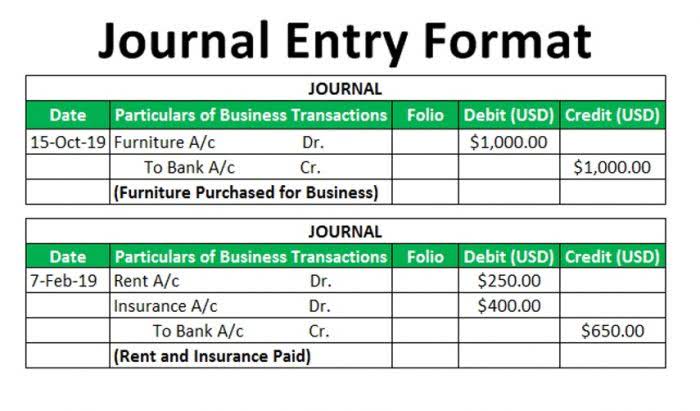
FINRA rules require the maintenance margin to be at least 25% of the total value of margin securities. If an investor is subject to a margin call, they’ll have to sell assets or deposit more money to reach their maintenance margin and continue trading. If the market’s perception of a company, industry, or sector turns negative, it could spur a sell-off of assets. Companies may end up devaluing their assets if they’re liquidating in a panic. This can have a boomerang effect and drive further economic decline, as it did in the 1930s when banks marked down assets following the 1929 stock market crash. Depreciation is always calculated based on historical cost whereas impairments are always calculated on mark-to-market.
Professional Tax Planning, Advisory, Preparation, and
These are initially recorded at historical cost and subsequently impaired as necessary. Instead of marking to market, the correction for a loss of value in these assets is known as impairment. They then hurried to make more loans to keep the balance between their assets and liabilities. • It can be problematic during periods of increased economic volatility. It may be more difficult to estimate the value of a company’s assets or net worth when the market is experiencing uncertainty or overall momentum is trending toward an economic downturn. If a value investor is looking for new companies to invest in, for example, having an accurate valuation is critical for avoiding value traps.
What are the different types of accountants?

This means a company’s balance sheet will constantly change, which can be problematic when firms have minimum capital reserve requirements. The term “mark to market” refers to an accounting method used to measure the value of assets based on current market conditions. Mark to market accounting seeks to determine the real value of assets based on what they could be sold for right now. If the company uses historical accounting principles, then the cost of the properties recorded on the balance sheet remains at $50,000.
Chart of Accounts
There are two counterparties on either side of a futures contract—a long trader and a short trader. The trader who holds the long position in the futures contract is usually bullish, while the trader shorting the contract is considered bearish. The hierarchy ranks the quality and reliability of information used to determine fair values, with level 1 inputs being the most reliable and level 3 inputs being the least reliable. A typical example of the latter is shares of a privately owned company the value of which is based on projected cash flows. Overall, mark to market is used to get a more accurate idea of what a company’s assets or liabilities are really worth today. It is an important concept that is used widely throughout finance, investing, and accounting.
Accountants also distinguish between current and long-term liabilities. Current liabilities are liabilities due within one year of a financial statement’s date. Long-term liabilities have due dates of more than one year.The term also appears in a type of business structure known as a limited liability company (LLC).
Mind-Blowing Passive Income Ideas Most People Don’t Know in 2024

The first step in the MTM process is to determine the original purchase price of the financial instrument. This is typically the price that the mark to market accounting investor has paid to acquire the asset. When the „mark-to-market“ (accrual) is reversed in the following period, this could lead to issues.
Importance of Mark to Market in Financial Instruments
In the case of equipment, for example, they may use historical cost accounting which considers the original price paid for an asset and its subsequent depreciation. Meanwhile, different valuation methods may be necessary to determine the worth of intellectual property or a company’s brand reputation, which are intangible assets. At the end of the fiscal year, a company’s balance sheet must reflect the current market value of certain accounts. Other accounts will maintain their historical cost, which is the original purchase price of an asset. The debate occurs because this accounting rule requires companies to adjust the value of marketable securities (such as the MBS) to their market value.
- The housing bubble was fuelled by mark-to-market accounting, which reduced property values during the downturn.
- You’re simply entering into an agreement to buy or sell a commodity at some point in the future.
- However, under mark to market accounting, the value of the office building would be $3M.
- Companies need to determine this when they are preparing their financial statements.
- Specifically, you’re looking at a security’s current trading price then making adjustments to value based on the trading price at the end of the trading day.
- In order to prevent their liabilities from exceeding their assets, banks had to reduce their lending.
You’ve finally taken the leap into the world of full-time trading, and like all good traders, you want to take advantage of any edge that might help increase your profitability. However, MTM accounting comes with challenges due to the inherent market volatility. Nonetheless, the method’s emphasis on realism over traditional cost accounting makes it indispensable in contemporary business practices. MTM directly influences profitability records and shareholders’ equity and can significantly affect public opinion of your business and stock prices. It’s therefore essential to factor this into your financial strategies.

Can Mark-to-Market Accounting Be Used on All Types of Assets?
That’s regardless of whether or not the company intends to hold those Treasury bonds until maturity, at which point they could be redeemed for the full face value. But using https://www.bookstime.com/articles/bookkeeping-for-consultants can give investors a full picture of how market conditions have affected a company’s investments. For example, let’s say a company decides to invest its cash in long-term Treasury bonds. If interest rates rise following that investment decision, the value of those bonds will decline. If those assets are marked to market each quarter, the company will show a value that’s less than what it originally invested.
Steve Schwarzman Blasts Mark-To-Market Accounting And The Idiots Who Like „Something Called Transparency“ – Business Insider
Steve Schwarzman Blasts Mark-To-Market Accounting And The Idiots Who Like „Something Called Transparency“.
Posted: Thu, 11 Nov 2010 08:00:00 GMT [source]
